Design Competition for Cable Car Stations in Koblenz, Germany Won by Snøhetta
An international competition for the design of a new station for the city cable car in Koblenz, Germany has just been won by Snøhetta. Due to its location within the UNESCO World Heritage Site of the Upper Middle Rhine Valley, the project required a sensitive and respectful approach to the historical context. The design plan for the station is to be designed with a contemporary architectural approach that is in harmony with the existing heritage and blends in with the surrounding environment.
Operating since 2011, the cable car connects the city center of Koblenz with the Ehrenbreitstein Fortress across the Rhine River. Originally intended as a temporary structure for the Federal Horticultural Exhibition, this popular and environmentally friendly form of transport has since been transformed into a permanent structure. Given the historical significance of the site and the technical requirements involved, a redesign of the cable car station was essential. Snøhetta, characterizing their design with sculptural forms, has won an architectural competition organized by the cable car operator to present a cohesive pair of valley and mountain stations.
 Snøhetta's Design for Cable Car Station in Koblenz, Germany (cr: Snøhetta)
Snøhetta's Design for Cable Car Station in Koblenz, Germany (cr: Snøhetta)
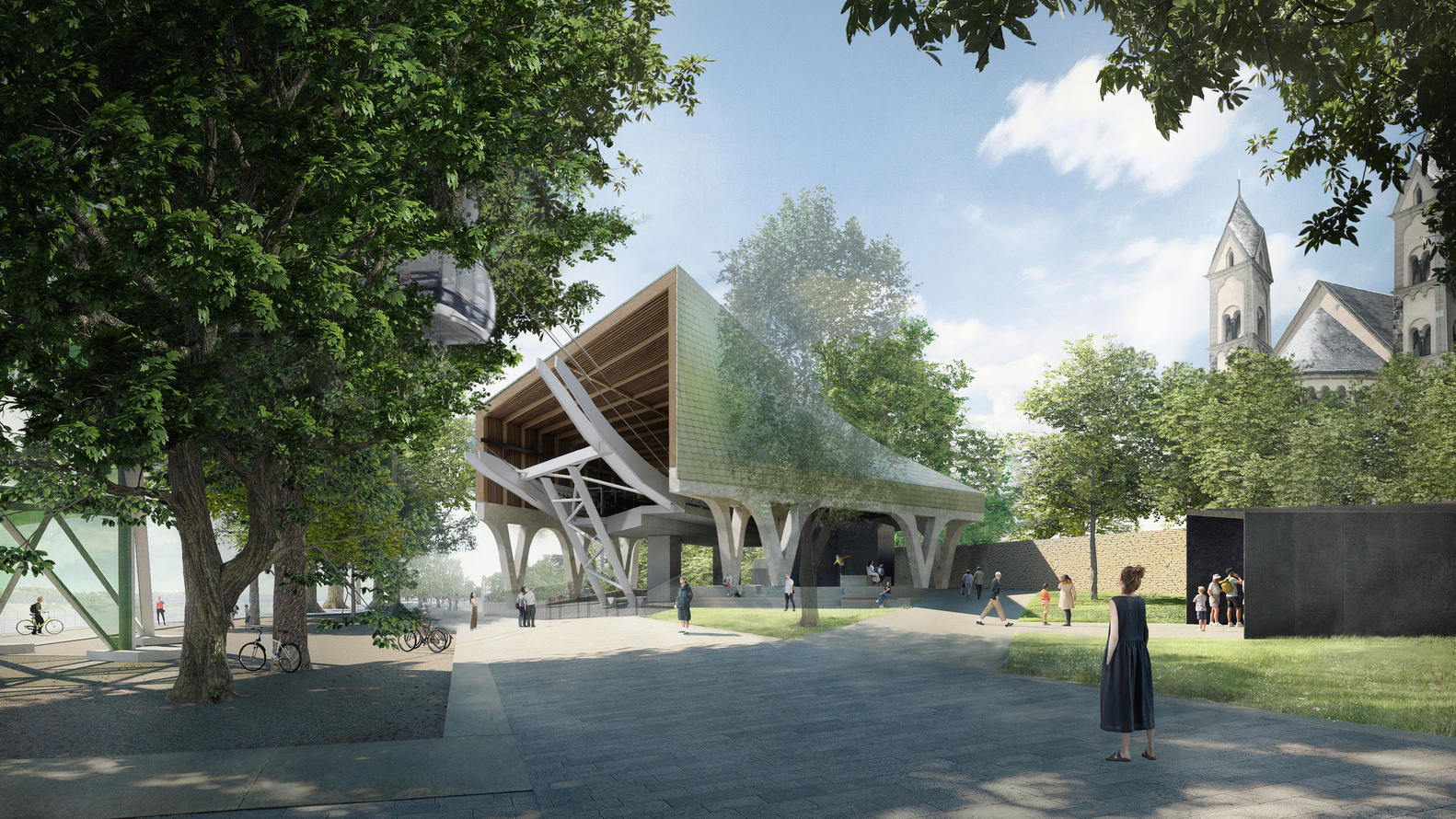 Snøhetta's Design for Cable Car Station in Koblenz, Germany (cr: Snøhetta)
Snøhetta's Design for Cable Car Station in Koblenz, Germany (cr: Snøhetta)
The valley station is located near the protected St. Peter’s Basilica. Castor has a soft curved design that pays homage to the historic church while also reinterpreting the city’s architectural heritage. The jury of the competition assessed and praised the design for its effort to maintain the architectural significance without burdening the World Heritage Site. With the application of an elegant roof shape, it functions as a contemporary reference combined with the Basilica building, which serves as a medium for dialogue between the old and the new.
The structure of the valley station consists of a metal roof supported by a wooden frame on V-shaped concrete columns. The metal shingles take inspiration from the traditional facades and roof motifs of Koblenz. Meanwhile, the concrete columns are carved to combine the vaulted stonework of the church with local stone. The presence of green tones and slanted metal materials together to cover the technical facilities with the use of slender columns that connect the design with the Ehrenbreitstein Fortress. The canopy that stretches above the station integrates existing trees, providing a sheltered sitting area. Meanwhile, the overall design of the cable car station maintains a clear horizontal harmony with the historical landscape around the fortress site.
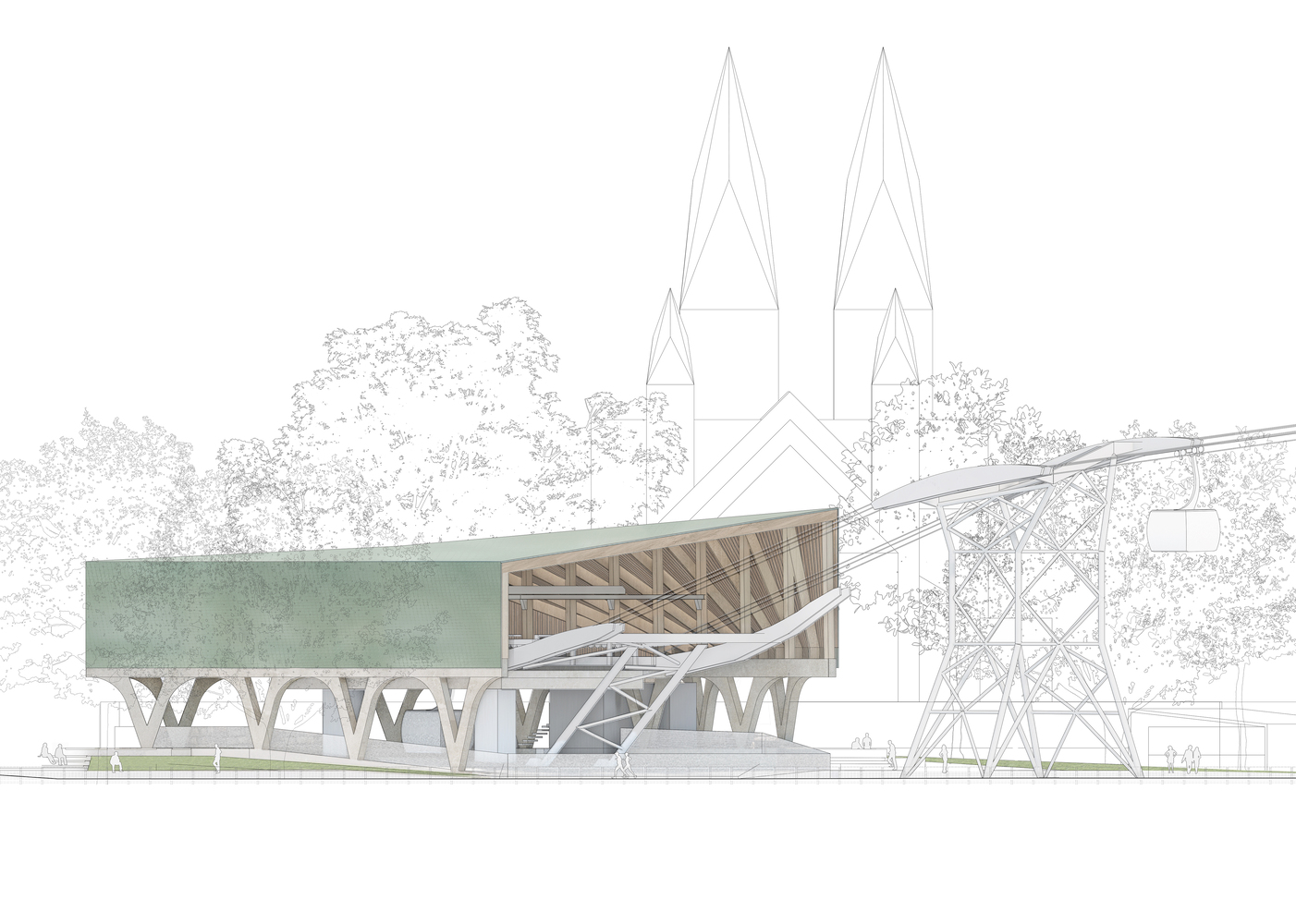 Snøhetta's Design for Cable Car Station in Koblenz, Germany (cr: Snøhetta)
Snøhetta's Design for Cable Car Station in Koblenz, Germany (cr: Snøhetta)
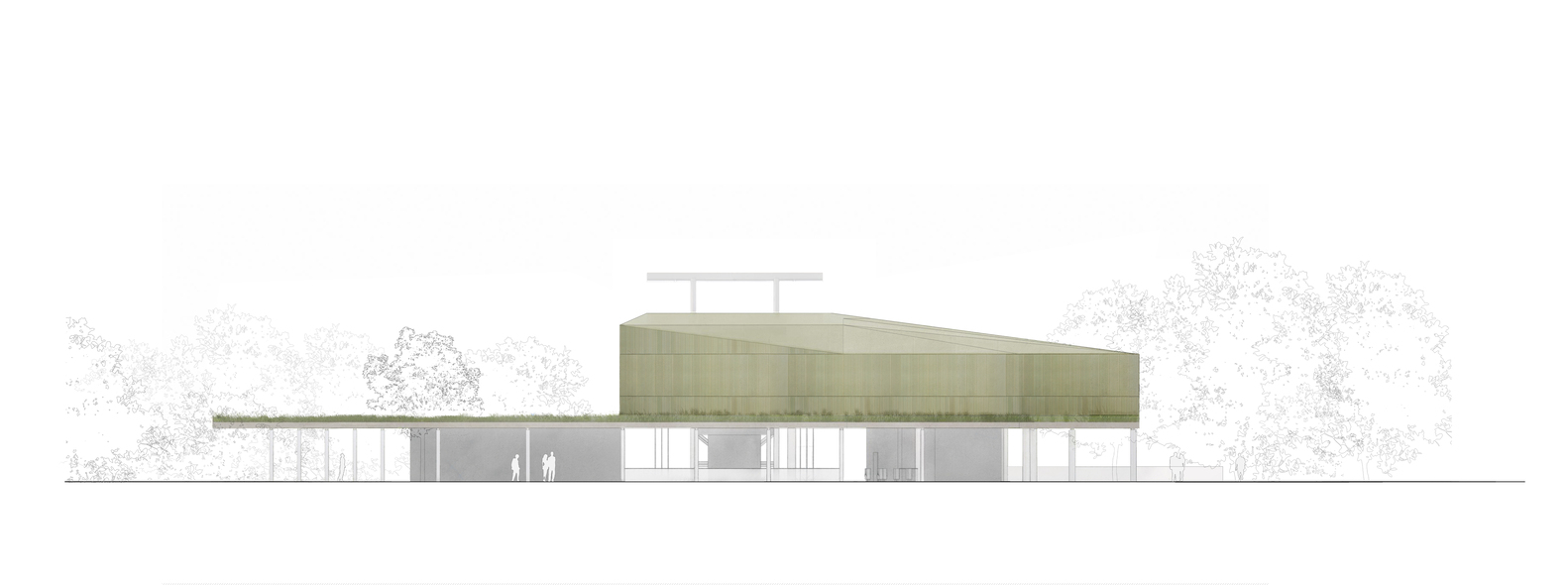 Snøhetta's Design for Cable Car Station in Koblenz, Germany (cr: Snøhetta)
Snøhetta's Design for Cable Car Station in Koblenz, Germany (cr: Snøhetta)
According to Patrick Lüth, Snøhetta Partner and Managing Director of the Innsbruck studio, the cultural landscape and identity of the Upper Middle Rhine Valley are characterized by centuries of human intervention. The new station is part of this natural and cultural context, with Snøhetta’s design successfully continuing the dialogue with Koblen’s important cultural landscape.
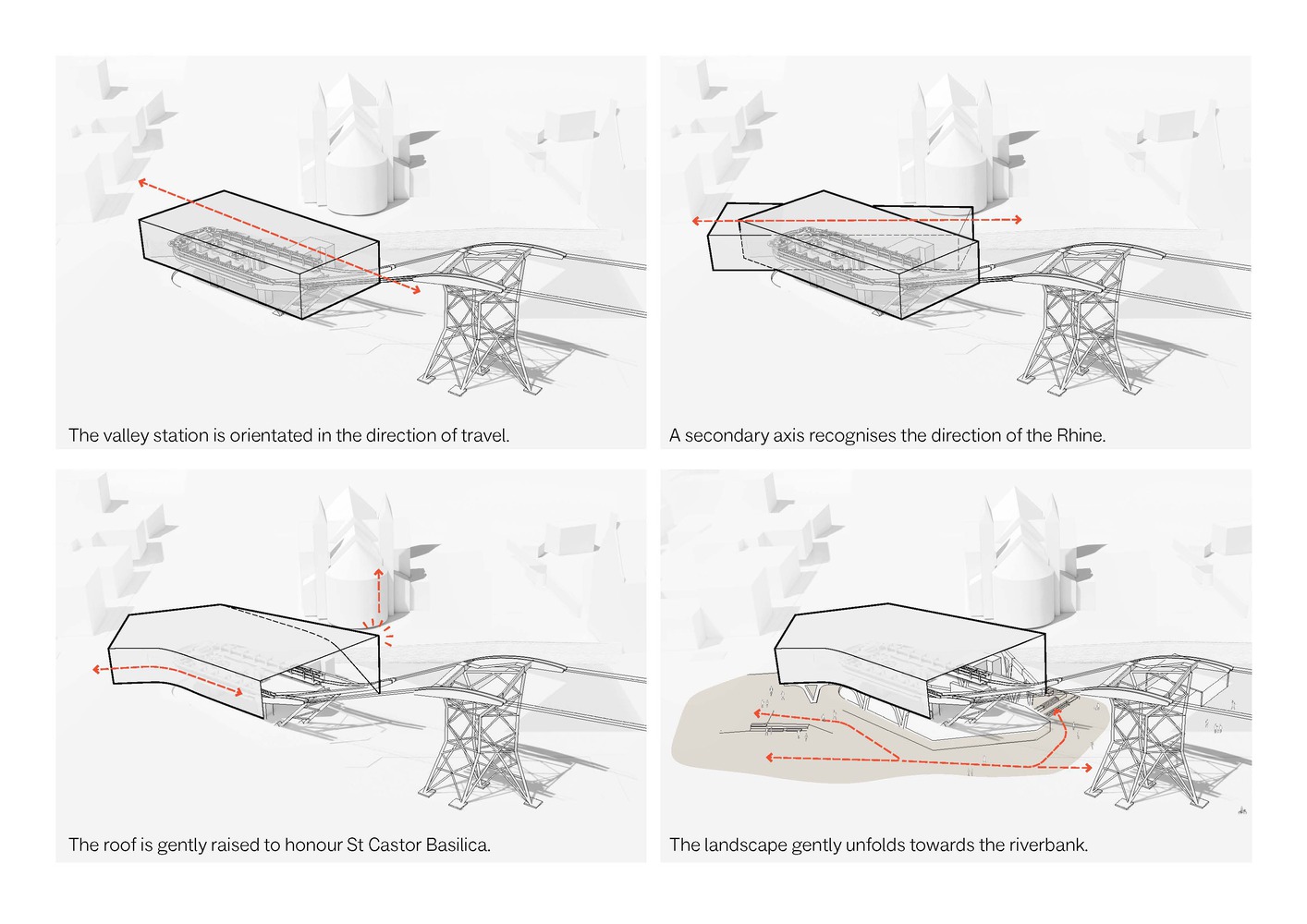 Snøhetta's Design for Cable Car Station in Koblenz, Germany (cr: Snøhetta)
Snøhetta's Design for Cable Car Station in Koblenz, Germany (cr: Snøhetta)
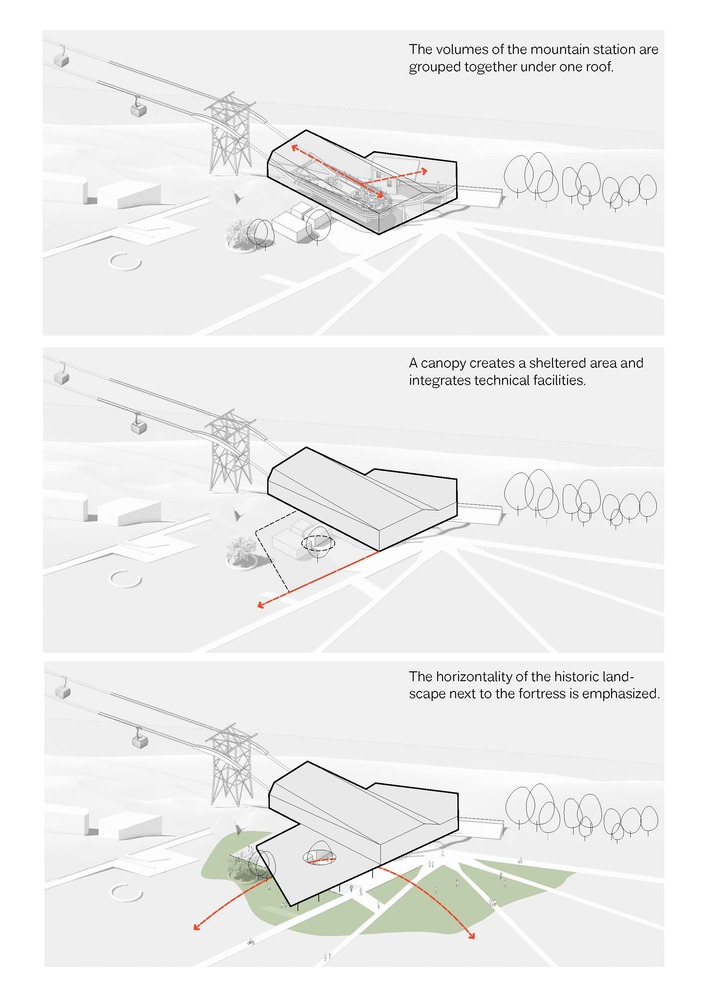 Snøhetta's Design for Cable Car Station in Koblenz, Germany (cr: Snøhetta)
Snøhetta's Design for Cable Car Station in Koblenz, Germany (cr: Snøhetta)






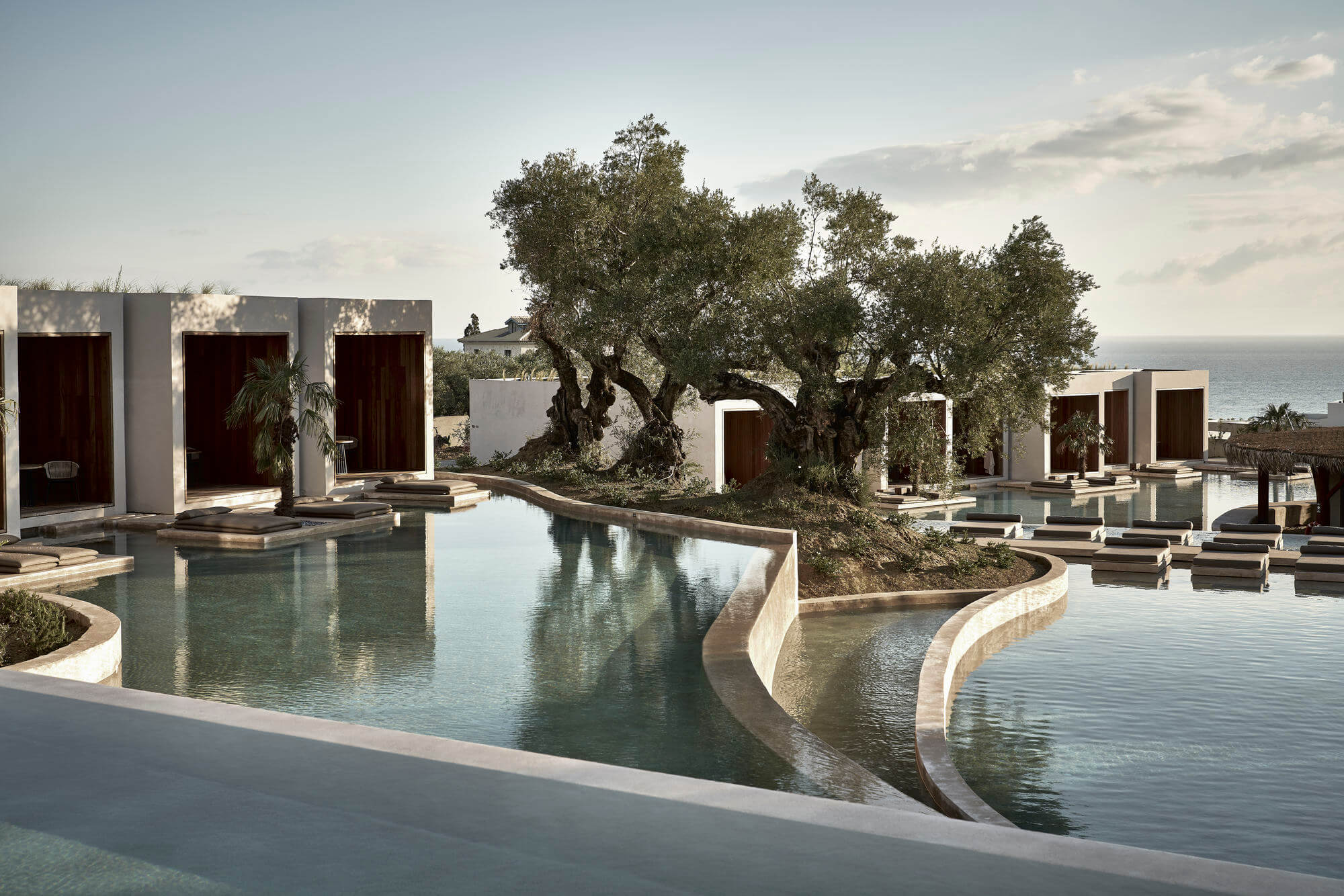
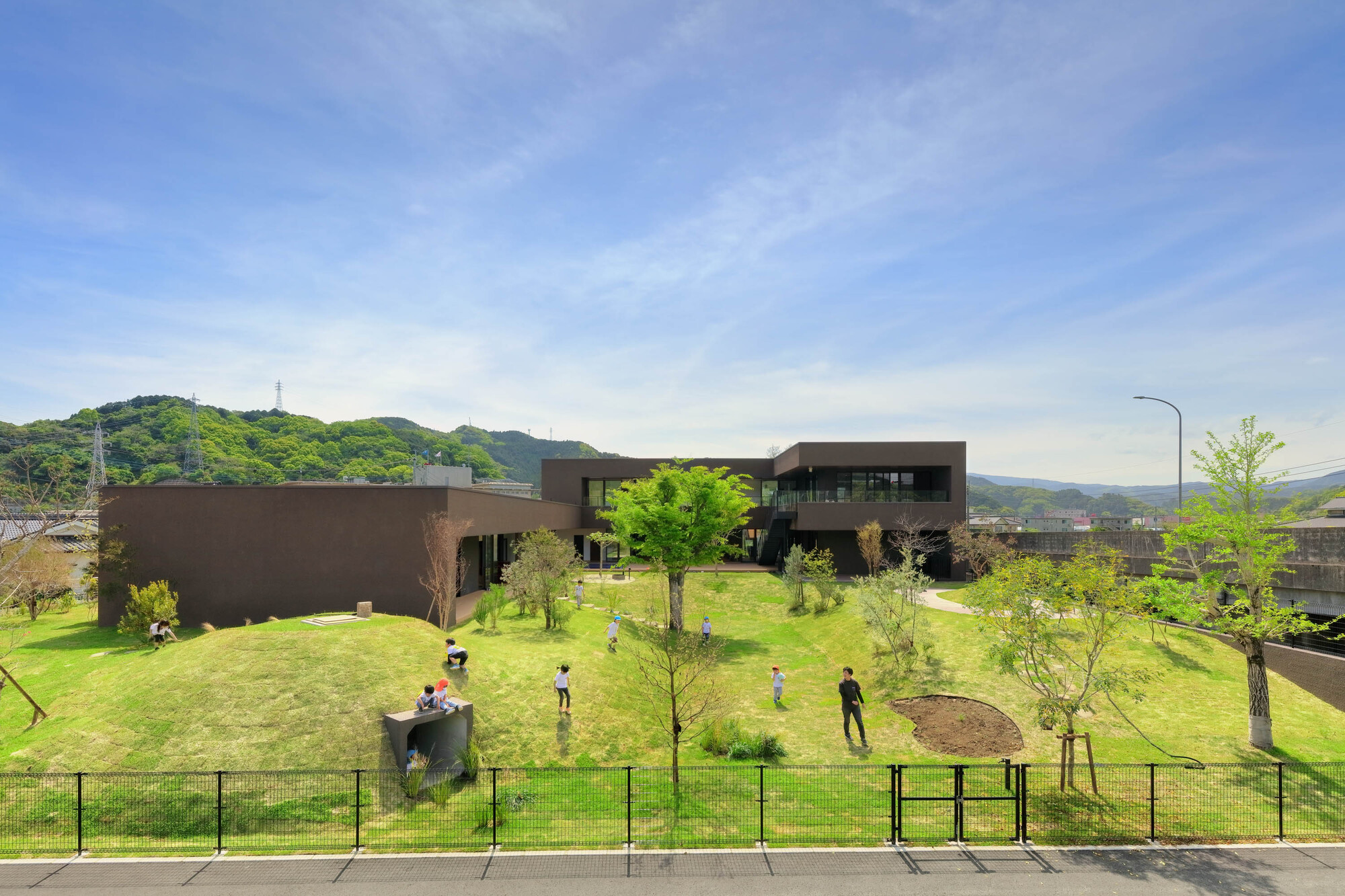
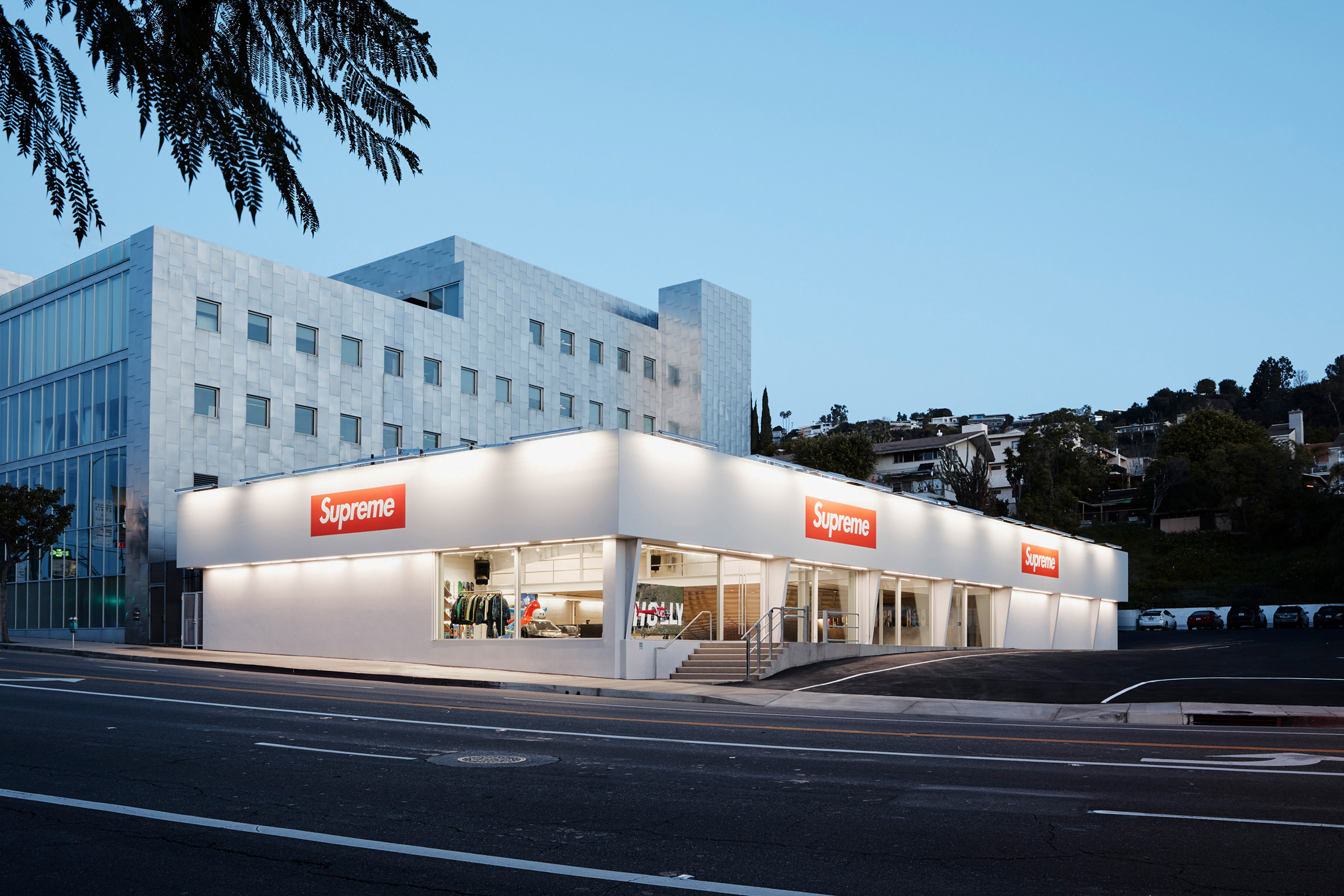

Authentication required
You must log in to post a comment.
Log in